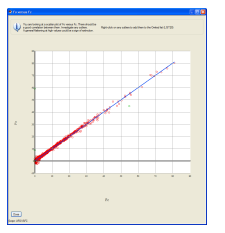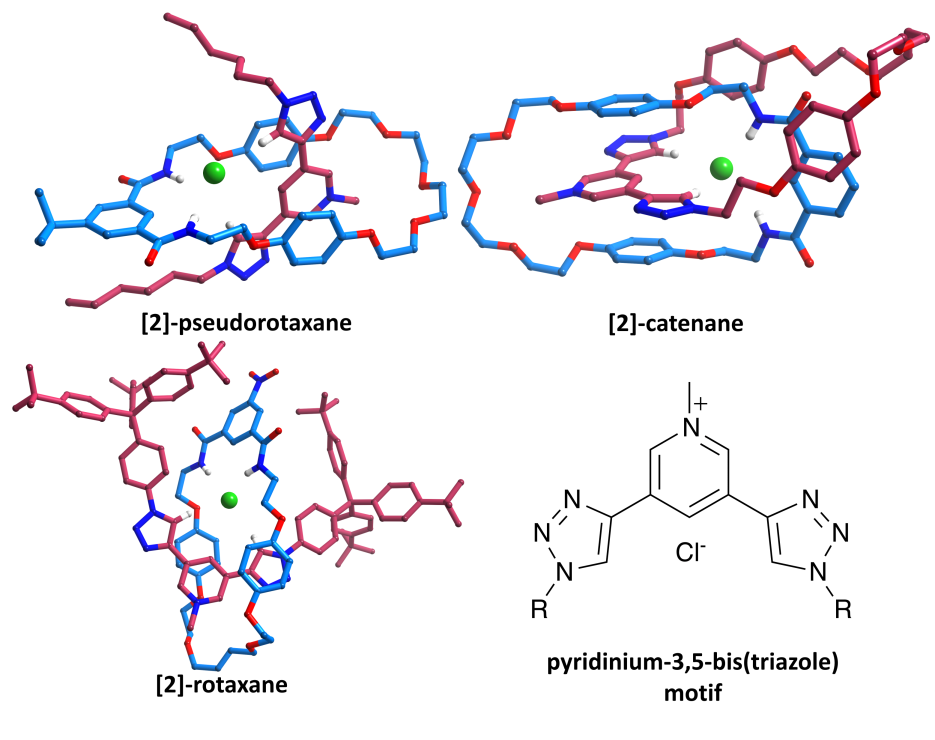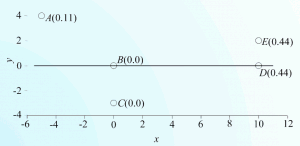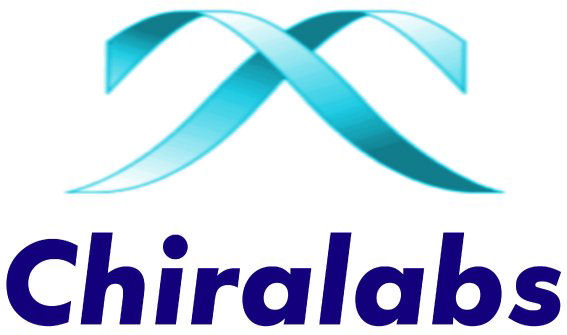
Following his degree in Tokyo studying supramolecular complexes of achiral surfactant molecules with racemic and chiral aromatic guest molecules, Emmanuel travelled extensively. He has worked at the Ghana Atomic Energy Commission as Senior Scientific officer; at the Department of Chemistry in University of Ghana as Senior Lecturer; at the Department of Chemistry in Mississippi State University, Starkville; at the Department of Chemistry in University of Washington, Seattle; at the Chemistry Department in Sultan Qaboos University in the Sultanate of Oman; at the University of Nizwa, in Oman as an Assistant Professor of Chemistry, as well as studying at the Department of Crystallography in University of Pittsburgh and the Structural Chemistry Laboratory in University of Witwatersrand, South-Africa.
Since 2010, Emmanuel has been working at the Chemistry Department at the University of Cape Coast in Ghana as an Associate Professor and he is working hard to establish the first crystallography laboratory in Ghana to serve Ghana Scientific Institutions and those in the West-Africa sub-region. Emmanuel’s current research is centred on structural studies of self assembly structures that aggregate through O-H…N, N-H…O and O-H…O inter/intramolecular interactions, with special emphasis on those that possess functional molecular properties.
 The
The 
 Leverages measure the influence that observations (intensity data and restraints) have on the fit obtained in crystal structure refinement. Further analysis enables the influence that observations have on specific parameters to be measured. The results of leverage analyses are discussed in the context of the amino acid alanine and an incomplete high-pressure data set of the complex bis(salicylaldoximato)copper(II). Leverage analysis can reveal situations where weak data are influential and allows an assessment of the influence of restraints. Analysis of the high-pressure refinement of the copper complex shows that the influence of the highest-leverage intensity observations increases when completeness is reduced, but low leverages stay low. The influence of restraints, notably those applying the Hirshfeld rigid-bond criterion, also increases dramatically. In alanine the precision of the Flack parameter is determined by medium-resolution data with moderate intensities. The results of a leverage analysis can be incorporated into a weighting scheme designed to optimize the precision of a selected parameter. This was applied to absolute structure refinement of light-atom crystal structures. The standard uncertainty of the Flack parameter could be reduced to around 0.1 even for a hydrocarbon.
Leverages measure the influence that observations (intensity data and restraints) have on the fit obtained in crystal structure refinement. Further analysis enables the influence that observations have on specific parameters to be measured. The results of leverage analyses are discussed in the context of the amino acid alanine and an incomplete high-pressure data set of the complex bis(salicylaldoximato)copper(II). Leverage analysis can reveal situations where weak data are influential and allows an assessment of the influence of restraints. Analysis of the high-pressure refinement of the copper complex shows that the influence of the highest-leverage intensity observations increases when completeness is reduced, but low leverages stay low. The influence of restraints, notably those applying the Hirshfeld rigid-bond criterion, also increases dramatically. In alanine the precision of the Flack parameter is determined by medium-resolution data with moderate intensities. The results of a leverage analysis can be incorporated into a weighting scheme designed to optimize the precision of a selected parameter. This was applied to absolute structure refinement of light-atom crystal structures. The standard uncertainty of the Flack parameter could be reduced to around 0.1 even for a hydrocarbon.











